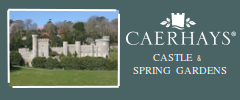- Shop Now
- Burncoose Specialities
- This Month
- Offers & Promotions
- RHS Chelsea Flower Show 2024
- 40 years at Burncoose
- Engage With Us
- Information, Help & Advice
- About Us & Our Services
- Terms & Conditions
- Log In / Register
COTONEASTER
Vast selection of easy-to-grow shrubs ranging from prostrate ground huggers to the magnificent "Cornubia" and frigidus with yellow or red berries.
Genus of more than 400 species of deciduous, semi-evergreen and evergreen shrubs and trees from woodland and rocky areas in northern temperate regions of Europe, Asia and northern Africa.
A UK (Wales) native, the critically endangered C. cambricus, Creigafal y Gogarth, "rock apple of Gogarth (Great Orme)", is at present struggling for existence at Great Orme, Conwy.
Very useful as a source of nectar for bees in the "June gap", but, except for the above, non-native and invasive.
-
Deciduous
-
Evergreen
-
Semi-evergreenKeeps some of its foliage all year, and will drop some leaves as well.
-
Dwarf shrubTypically only grows to a maximum of one or two feet in height but there will be some exceptions.
-
Ground coverThese plants are typically low growing and spread quickly to inhibit weed growth on areas of bare soil
-
Medium shrubTypically grow to around 4-6 feet in height
-
Tall Shrub
-
Tree
-
Additional Features
 Good to knowA shrub with a species for every situation. Wildlife plant - insects for the sweetly scented flowers and birds for the berries..
Good to knowA shrub with a species for every situation. Wildlife plant - insects for the sweetly scented flowers and birds for the berries.. Pests & DiseasesAphids. woolly aphids, webber moth caterpillars, scale insects, fireblight, honey fungus.
Pests & DiseasesAphids. woolly aphids, webber moth caterpillars, scale insects, fireblight, honey fungus. Place of originNorthern temperate regions of Europe, Asia and North America.
Place of originNorthern temperate regions of Europe, Asia and North America. -
Wildlife
 Bee friendly
Bee friendly Bird friendly
Bird friendly
- How to plant a tree - Video Tip ondemand_video
- How to plant a tree
- Ties - Video Tip ondemand_video
- Restaking fallen young trees - Video Tip ondemand_video
- Fallen old tree - Video Tip ondemand_video
- Clearing up fallen beech tree - Video Tip ondemand_video
- Spring pruning - Video Tip ondemand_video
- Removing side shoots - Video Tip ondemand_video
- Pruning and Shaping Magnolia - Video Tip ondemand_video
- Deer protection - Video Tip ondemand_video
- Weed Spraying - Video Tip ondemand_video
- Removing Ivy - Video Tip ondemand_video
- Removing wire protection - Video Tip ondemand_video
- Tree Survey - Video Tip ondemand_video
- Crown uplift - Video Tip ondemand_video
- Removing shoots below graft - Video Tip ondemand_video
- Removing peeling bark - Video Tip ondemand_video
- Maintaining variegation - Video Tip ondemand_video
Buy Varieties of COTONEASTER
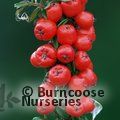
COTONEASTER conspicuus
arching branches and bright red fruits


COTONEASTER 'Coral Beauty'
coral-red berries
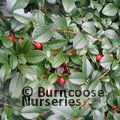
COTONEASTER dammeri
bright scarlet berries, good ground cover
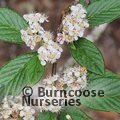
COTONEASTER franchetii
usually evergreen in warmer areas, this multi-stemmed and self-seeding species has sage-green foliage and very noticeable orange to scarlet berries
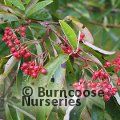
COTONEASTER glomerulatus
shiny green leaves and red berries
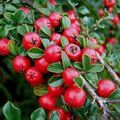
COTONEASTER horizontalis
Herringbone cotoneaster with bright red berries

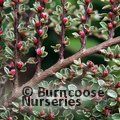
COTONEASTER horizontalis 'Variegatus'
silver variegated form
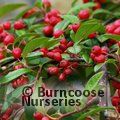
COTONEASTER Hybridus Pendulus
scarlet berries on pendulous branches

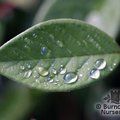
COTONEASTER lacteus
red fruits in broad clusters lasting until Christmas. Oval leathery leaves, grey underneath
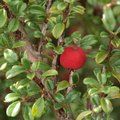
COTONEASTER microphyllus
evergreen with coral-red berries
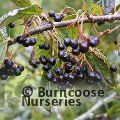
COTONEASTER moupinensis
bullate leaf-green leaves which produce excellent autumn colour. A stand-out species for flowering and dark red berries

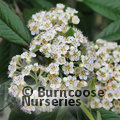
COTONEASTER 'Rothschildianus'
distinctive spreading habit and clusters of creamy-yellow fruits
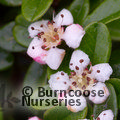
COTONEASTER x suecicus 'Skogholm'
wide spreading habit with small coral-red fruits. Good ground cover
Useful extras...

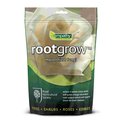






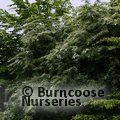
 Gift-wrapping available
Gift-wrapping available
